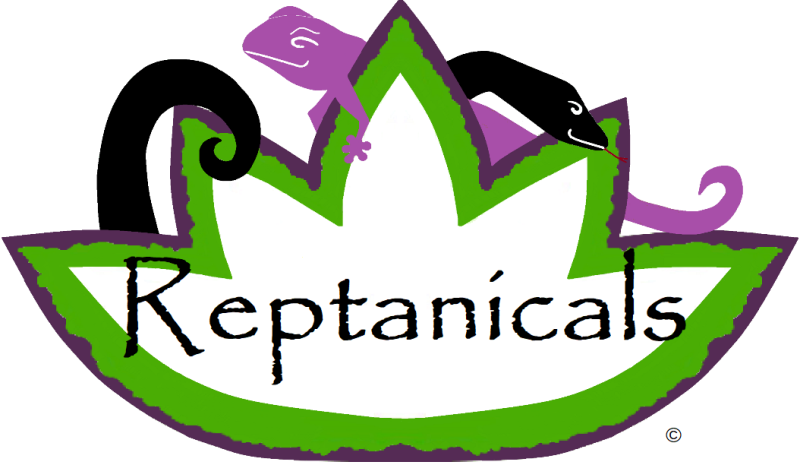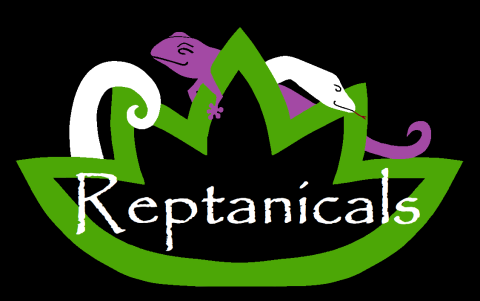The bearded dragon hails from the arid woodlands and deserts of central Australia. They are extremely popular in the pet industry due to their docile demeanor and relatively easy care. They have even become a sort of instagram sensation as people dress them up in tiny outfits and walk them on reptile leashes. Bearded dragons are named for their ability to flare out the skin and spiny "beard" of scales around their throats when threatened. They are omnivores and consume insects, fruit, flowers, leafy greens, small lizards and even small mammals.
Like most reptiles, bearded dragons should be provided an enclosure with a warm and cool side, large enough for a hide, water dish, and room to exercise that includes a basking area. In addition to a 95-100*F basking area for the day, Bearded dragons should be given a heat mat to maintain warmth during cooler night time temperatures. Dragons of similar size can be housed together, and will even wave at one another, but they will require more space and additional hiding areas so each animal can feel secure. A humid hide or box should be provided to help with shedding. For difficult sheds try Reptaincals Shed Support. Bearded dragons are intellegent creatures and should be given multiple pieces of decor, with varying textures if possible, to provide proper enrichment.
Bearded dragon
Bearded Dragon Information Care Sheet:
(Bearded Dragon)
Anti-mite is perfect for Bearded Dragons.
Difficulty: Beginner
Size: up to 2ft (tail almost as long as body)
Lifespan: 10 years
Food Preferences: crickets, mealworms, superworms, earthworms, kale, parsley, lettuce, sweet potato, and fruit (20% of diet)
Temperature Requirements: 78-88*
Lighting: UVB 10.0
Breeding: Easy
Substrate: sand, reptile carpet
Humidity: Dry, with a humid hide
Suggested Products: Reptanicals Shed Support, Reptanicals Wound Care




